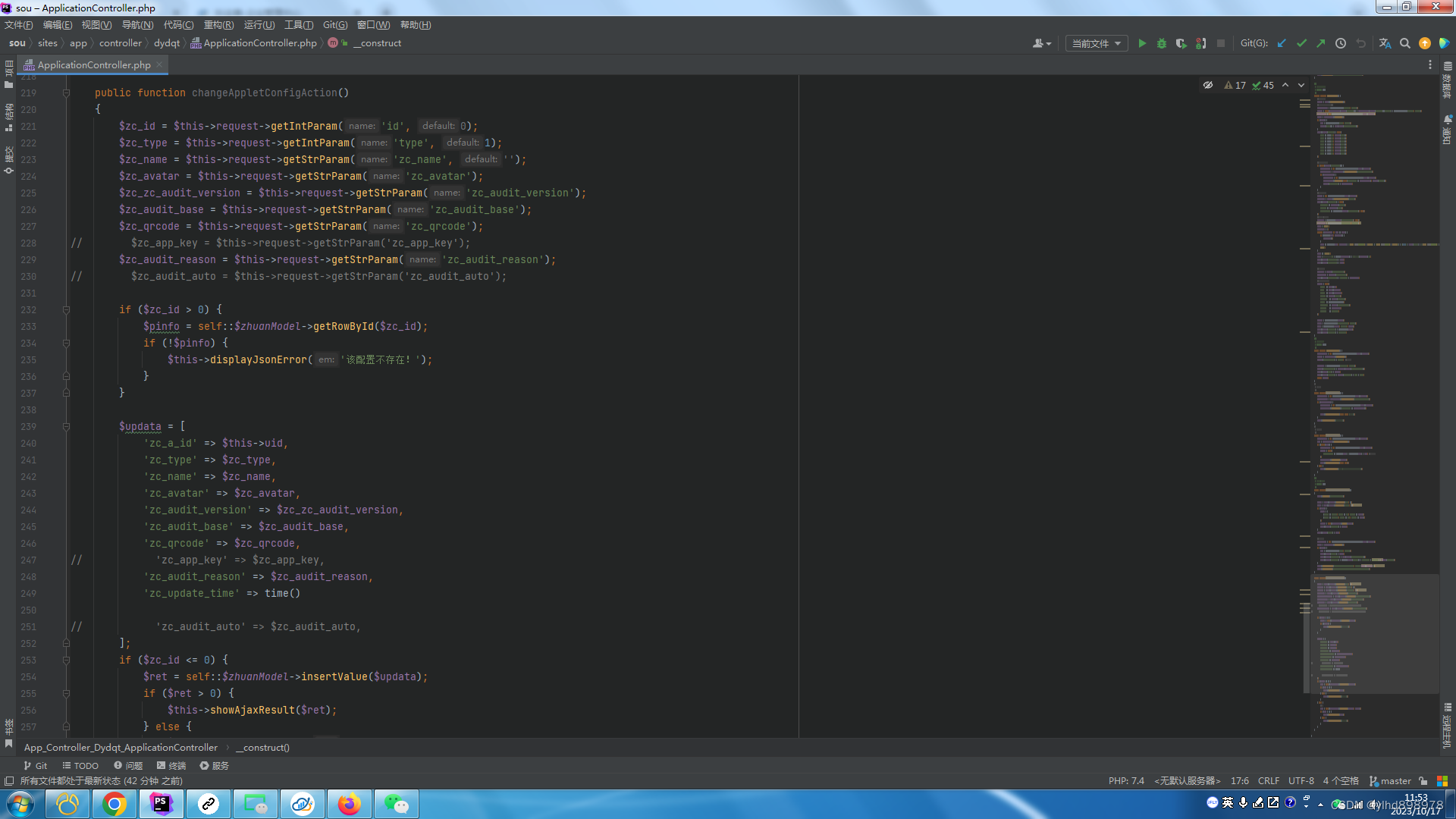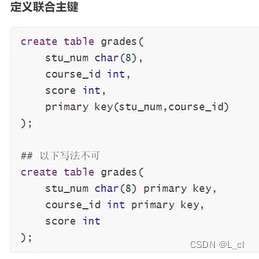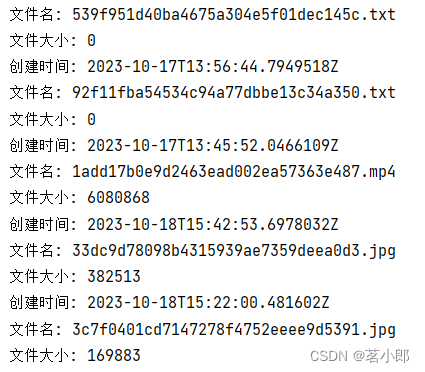hutool 工具类
hutool 依赖
引入 hutool 依赖包。
<dependency><groupId>cn.hutool</groupId><artifactId>hutool-all</artifactId><version>5.8.6</version>
</dependency>
StrUtil 常用方法:
- StrUtil.equals:
String num = "2";
if (StrUtil.equals("2", num)) {System.out.println(num);
}
NumberUtil 数字工具类:
-
NumberUtil.isNumber 是否为数字
-
NumberUtil.isInteger 是否为整数
-
NumberUtil.isDouble 是否为浮点数
-
NumberUtil.add 针对数字类型做加法
public static void add() {BigDecimal bigDecimal1 = BigDecimal.valueOf(1.23);BigDecimal bigDecimal2 = BigDecimal.valueOf(1.22);BigDecimal bigDecimal = NumberUtil.add(bigDecimal1, bigDecimal2);System.out.println(bigDecimal);
}
-
NumberUtil.sub 针对数字类型做减法
-
NumberUtil.mul 针对数字类型做乘法
-
NumberUtil.div 针对数字类型做除法
-
比较 BigDecimal :
BigDecimal bigDecimal1 = BigDecimal.valueOf(1.23);
BigDecimal bigDecimal2 = BigDecimal.valueOf(1.22);boolean isGreater = NumberUtil.isGreater(bigDecimal1, bigDecimal2);
System.out.println(isGreater);
类型转换 常用方法:
- 转换为整型数组:
String[] b = { "1", "2", "3", "4" };Integer[] intArray = Convert.toIntArray(b);System.out.println(JSON.toJSONString(intArray));
- 数组转化为list:
String[] strArr = {"a", "b", "c", "d"};List<String> strList = Convert.toList(String.class, strArr);System.out.println(strList);
CollUtil 集合工具类:
- CollUtil.findOne: 查找符合条件的一条数据
List<String> list = Arrays.asList("2","3");
String str = CollUtil.findOne(list, num -> StrUtil.equals("2", num));
- CollUtil.get:根据下标,查找list中的数据:
List<String> list = Arrays.asList("1","2","3","4");String str = CollUtil.get(list, 0);System.out.println(str);
- CollUtil.addAll:往集合中添加另一个集合的数据
自带null的判断,不需要再重复判断
List<String> list = Arrays.asList("1","2","3","4");List<String> list2 = null; CollUtil.addAll(list, list2);list.forEach(System.out::println);
- CollUtil.page:分页。
pageNo:页码,从0开始计数,0表示第一页
pageSize:每页的条目数
List<String> list = Arrays.asList("1","2","3","4");List<String> pageList = CollUtil.page(0, 2, list);pageList.forEach(System.out::println);
DateUtil 日期工具类:
-
DateTime
DateUtil 日期工具类,返回的大部分日期都是 DateTime的。
hutool的 DateTime继承了 Date,所以可以用 Date 声明。
此类重写了父类的 toString()方法,返回值为"yyyy-MM-dd HH:mm:ss"格式。 -
字符串转日期:
String dateStr = "2023-03-01";Date date = DateUtil.parse(dateStr);System.out.println(date);
- 字符串转日期。按指定格式:
String dateStr = "2023-03-01 01:21:32";Date date = DateUtil.parse(dateStr, "yyyy-MM-dd hh:mm:ss");System.out.println(date);
- 日期转字符串。按指定格式:
Date date = new Date();String dateStr = DateUtil.format(date, "yyyy-MM-dd hh:mm:ss");System.out.println(dateStr);
- 当月第一天、最后一天
//当月第一天
Date beginOfMonth = DateUtil.beginOfMonth(date);
System.out.println("beginOfMonth: " +beginOfMonth);
//当月最后一天
Date endOfMonth = DateUtil.endOfMonth(date);
System.out.println("endOfMonth: " +endOfMonth);
- 上个月。
//上个月
Date lastMonth = DateUtil.lastMonth();
System.out.println("lastMonth: " + lastMonth);
如果是指定日期的上个月,可以使用日期偏移相关的方法。
- 日期偏移,减掉多少天。
时间偏移,减掉多少个小时。
//日期偏移,减去多少天
Date offsetDay = DateUtil.offsetDay(date, -1);
System.out.println("offsetDay: " + offsetDay);
//日期偏移,减去多少个月
Date offsetMonth = DateUtil.offsetMonth(date, -1);
System.out.println("offsetMonth: " + offsetMonth);
//日期偏移,减去多少小时
Date offsetHour = DateUtil.offsetHour(date, -1);
System.out.println("offsetHour: " + offsetHour);
时间偏移,还有一些可以直接调用的函数:
//昨天
DateUtil.yesterday()
//明天
DateUtil.tomorrow()
//上周
DateUtil.lastWeek()
//下周
DateUtil.nextWeek()
//上个月
DateUtil.lastMonth()
//下个月
DateUtil.nextMonth()- 获取日期的年、月、日
int year = DateUtil.year(date);
System.out.println("year: " + year);//month的枚举,是从0开始的。所以得加上1
int month = DateUtil.month(date) + 1;
System.out.println("month: " + month);int day = DateUtil.dayOfMonth(date);
System.out.println("day: " + day);
- 计算日期相差多少天。
betweenDay(Date beginDate, Date endDate, boolean isReset) 有三个参数,
解释如下:
* 有时候我们计算相差天数的时候需要忽略时分秒。* 比如:2016-02-01 23:59:59和2016-02-02 00:00:00相差一秒* 如果isReset为{@code false}相差天数为0。* 如果isReset为{@code true}相差天数将被计算为1* </pre>** @param beginDate 起始日期* @param endDate 结束日期* @param isReset 是否重置时间为起始时间public static long betweenDay(Date beginDate, Date endDate, boolean isReset)
示例如下:
Date date1 = DateUtil.parse("2023-04-13 15:06:27", "yyyy-MM-dd HH:mm:ss");
System.out.println("date1: " + date1);Date date2 = DateUtil.parse("2023-05-13 16:01:03", "yyyy-MM-dd HH:mm:ss");
System.out.println("date2: " + date2);long betweenDay = DateUtil.betweenDay(date1, date2, true);
System.out.println("betweenDay: " + betweenDay);
其他的 betweenMonth() 方法类似,就是 计算日期相差多少个月。。
- 时分秒置零:
//修改日期为某个时间字段起始时间。比如以下表示时分秒置零
Date truncate = DateUtil.truncate(date, DateField.DAY_OF_MONTH);
System.out.println("truncate: " + truncate);
IdUtils 生成唯一id
- 生成随机UUID:
String uuid = IdUtil.randomUUID();//格式:cbb021c7-cb48-44cd-b8ba-814620ee4340System.out.println(uuid);
- 生成UUID,没有横线:
String uuid = IdUtil.simpleUUID();//格式:a7e0edfb17ac4120a03842f938f88d34System.out.println(uuid);
- 雪花算法。获取唯一id。
long id = IdUtil.getSnowflakeNextId();//格式:1648328806748430336System.out.println(id);String idStr = IdUtil.getSnowflakeNextIdStr();//格式:"1648328806752624640"System.out.println(idStr);//旧版本,使用如下://IdUtil.getSnowflake(1,1).nextIdStr();- 雪花算法。配合终端ID和数据中心ID。生成唯一id。
//workerId 终端ID// datacenterId 数据中心IDSnowflake snowflake = IdUtil.getSnowflake(1, 1);long id = snowflake.nextId();//格式:1648328965712121856System.out.println(id);String idStr = snowflake.nextIdStr();//格式:1648328965716316160System.out.println(idStr);
BeanUtil 工具类:
常用方法:
Map<String, Object> beanToMap(Object bean, String... properties): bean转map。可选拷贝哪些属性值,默认是不忽略值为null的值的。
toBean(Object source, Class<T> clazz):Map转Bean。
copyProperties(Object source, Class<T> tClass, String... ignoreProperties): 按照Bean对象属性创建对应的Class对象,并忽略某些属性。
示例如下:
Person person = new Person();
person.setAge(18);
person.setName("test");// bean转map
Map<String, Object> map = BeanUtil.beanToMap(person);
// map转bean
Person person1 = BeanUtil.toBean(map, Person.class);
// 属性拷贝
Person person2 = BeanUtil.copyProperties(person1, Person.class);System.out.println("map:" + map.toString());
System.out.println("person1:" + person1.toString());
System.out.println("person2:" + person2.toString());
Hutool的 Http 工具类:
- GET 请求:
String response = HttpUtil.get(url);String response = HttpUtil.get(url,timeout);String response = HttpUtil.get(url,paramMap);String response = HttpUtil.get(url,paramMap,timeout);//body():结尾的body()是 HttpResponse里面的方法,表示获取响应中的body内容。
String response = HttpUtil.createGet(url).execute().body();GET请求的示例如下:
String url = "xx.xx.xx.xx:8086/order/detail?orderId=123456789";
//发送get请求并接收响应数据
String response = HttpUtil.createGet(url).execute().body();//以上代码相当于:
//HttpResponse httpResponse = HttpUtil.createGet(url).execute();
//String response = httpResponse.body();- POST 请求:
body传参形式为json时,需要将json转成字符串,不支持JSONObejct。
可以使用 JSON.toJSONString(json) 将json转化为字符串。
String response = HttpUtil.post(url, bodyStr );String response = HttpUtil.post(url, bodyStr , timeout);//第二个参数paramMap指表单的数据
String response = HttpUtil.post(url, paramMap, timeout);String response = HttpUtil.post(url, paramMap);//body():结尾的body()是 HttpResponse里面的方法,表示获取响应中的body内容。
String response = HttpUtil.createPost(url).body(bodyStr).execute().body();String response = HttpUtil.createPost(url).body(bodyStr).execute().body();String response = HttpRequest.post(url).body(bodyStr).addHeaders(headerMap).form(formMap).timeout(2000).execute().body();//也可以使用 HttpRequest.post()
String response = HttpRequest.post(url).body(bodyStr).execute().body();
常用方法:
timeout(int milliseconds): timeout单位是毫秒,如果想设置2秒超时,传参 2000
addHeaders(Map<String, String> headers):新增请求头,不覆盖原有请求头
form(Map<String, Object> formMap):设置map类型的表单数据
body(jsonStr): body传参形式为json需要将json转成字符串,不支持JSONObejct对象。可以使用 JSON.toJSONString(json) 将json转化为字符串。
contentType():设置contentType,比如 "application/json;charset=UTF-8"
body():结尾的body()是 HttpResponse里面的方法,表示获取响应中的body内容。
POST 请求的示例如下:
//body传参形式为json时,需要将json转成字符串,不支持JSONObejct。可以使用 JSON.toJSONString(json) 将json转化为字符串。
JSONObject json = new JSONObject();
json.put(xx, xx);
String bodyStr = JSON.toJSONString(json);//发送post请求并接收响应数据
String response = HttpRequest.post(url).body(bodyStr).execute().body();
参考资料:
https://blog.csdn.net/abst122/article/details/124091375





